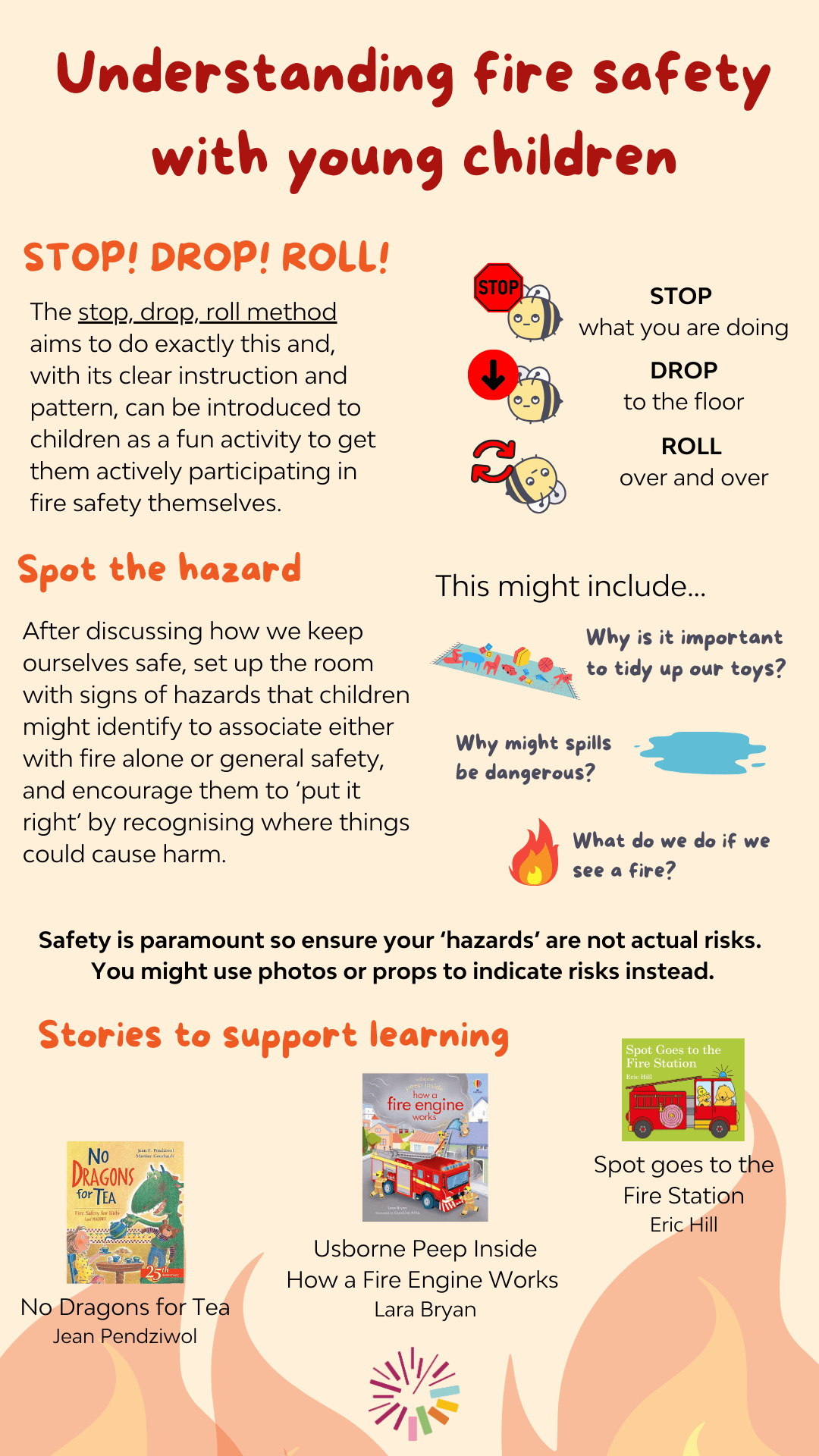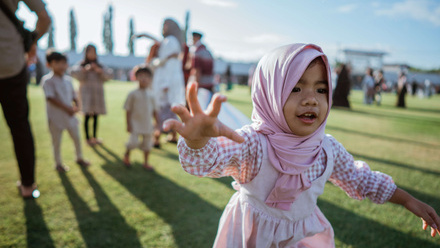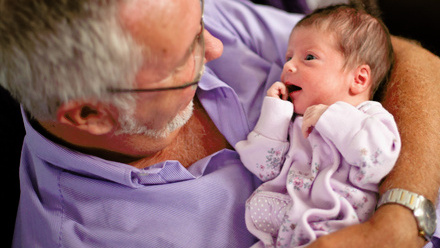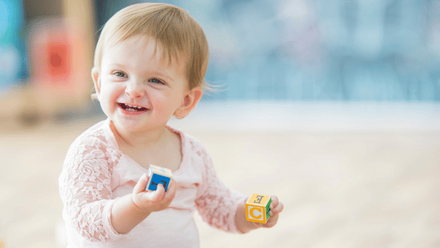Understanding fire safety with young children
Listen to this article on the go.
Whilst many young children may enjoy zooming a fire engine across the carpet or pointing with delight as they hear sirens and watch blue lights race up the road, understanding the importance of keeping safe and highlighting the dangers of fire can be a challenging topic to discuss with young children. Here are some ways you could approach fire safety with little ones, in a fun and engaging way.
Valuable engagement in fire drills
For anyone, a fire drill can be an overwhelming and panicky situation. Loud noises, busy spaces and acting quickly in a seemingly unprepared-for event. Professionals in early education and care should be well trained not only in the fire procedure but also how to keep children calm and cooperative when an emergency arises.
When preparing for a fire drill to take place, it can be beneficial to:
- explain the process of the drill in a way that makes sense to the children in your care
- find ways to minimise any potential anxiety by pre-warning the children of the loud noise they will hear
- rehearse the fire drill process through role play or using small world figures
- ensure different circumstances are considered, e.g. escape routes from different parts of the room or building, or varied staff and child attendance on different days of the week or times of day.
Stop, drop and roll!
One of the scariest concepts for a young child would be to consider the idea of being on fire themselves. With some clothing, such as certain fancy dress costumes, causing a potential hazard to burn rapidly, introducing a quick method to put out flames can help to prevent serious injury, should the clothing catch light. The stop, drop, roll method aims to do exactly this. Its clear instruction and pattern can be introduced to children as a fun activity to get them actively participating in fire safety themselves.
Spot the hazard
A big part of fire safety is about prevention and tuning into hazards that might put us at risk of danger.
After discussing how we keep ourselves safe, set up the room with photographs or props indicating hazards or potential hazards that children might associate either with either fire or general safety and encourage them to suggest how to ‘put it right’. Whilst this activity aims to highlight potential hazards, it is paramount that no real risk is caused at any stage.
Suggested photographs or prop set ups might include:
- toys strewn across the floor
- a picture of some small flames in a discrete corner
- a pair of scissors left on the table
- a puddle of water on the floor indoors.
A key learning opportunity with this provocation is to ensure all areas of risk are communicated well, ensuring that children understand not only where the risk is but why is might be a potential cause of harm.
Engage the community
When it comes to fire safety, there are important people in the community who can help us if faced with a dangerous situation. Offering opportunities for children to engage with this aspect of fire safety, through visits to fire stations or inviting the local fire station in to setting can support the wider understanding of quite a difficult topic by highlighting the positive aspects of having people who are there to help at the forefront of the discussion.
Stories that help us to understand fire
Stories and narratives are a great way to explain complex ideas and support children’s understanding in compassionate ways. Have a look at some of the book recommendations below, that can be used to help think about fire safety with young children.
No Dragons for Tea by Jean Pendziwol
Usborne Peep Inside: How a Fire Engine Works by Lara Bryan
Spot goes to the Fire Station by Eric Hill
Communicating well with home
Some children in your setting might already have experienced the dangers of fire in their own short lives and it can be a particularly sensitive topic for anyone having already faced traumatic experiences involving fire. Having preparation conversations with parents and carers not only mitigates the potential distress topics of fire might lead to but also helps to support families in keeping fire safe at home. Information resources such as these can be sent home, shared online as part of a learning journal, or displayed within setting for families during handover.
Conclusion
Fire safety can be a scary concept for children to understand the importance of and will often experience strong emotions to disproportionate scenarios conjured in their vivid imaginations. Whilst it is important to convey the severity of the risk and the correct ways to respond to a situation involving fire, make every effort to reassure children so that they feel safe and informed, rather than being left feeling anxious about potential dangers.
Infographic







